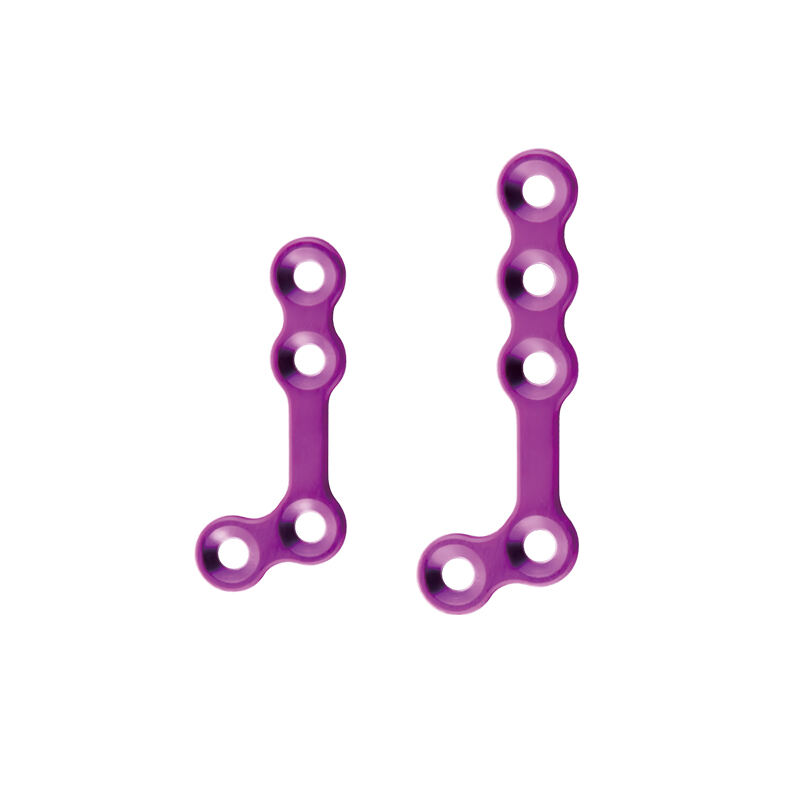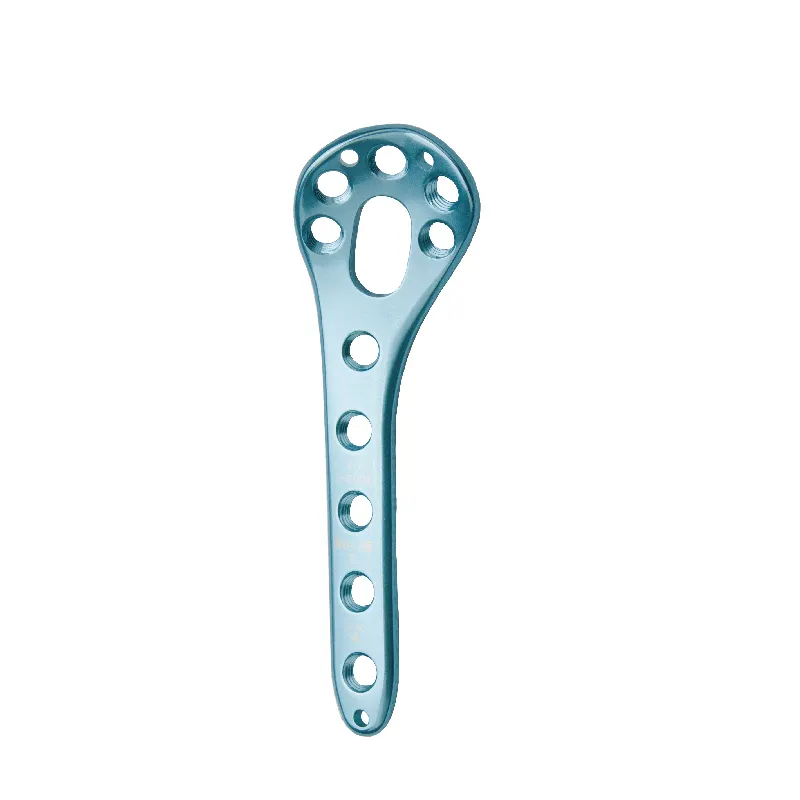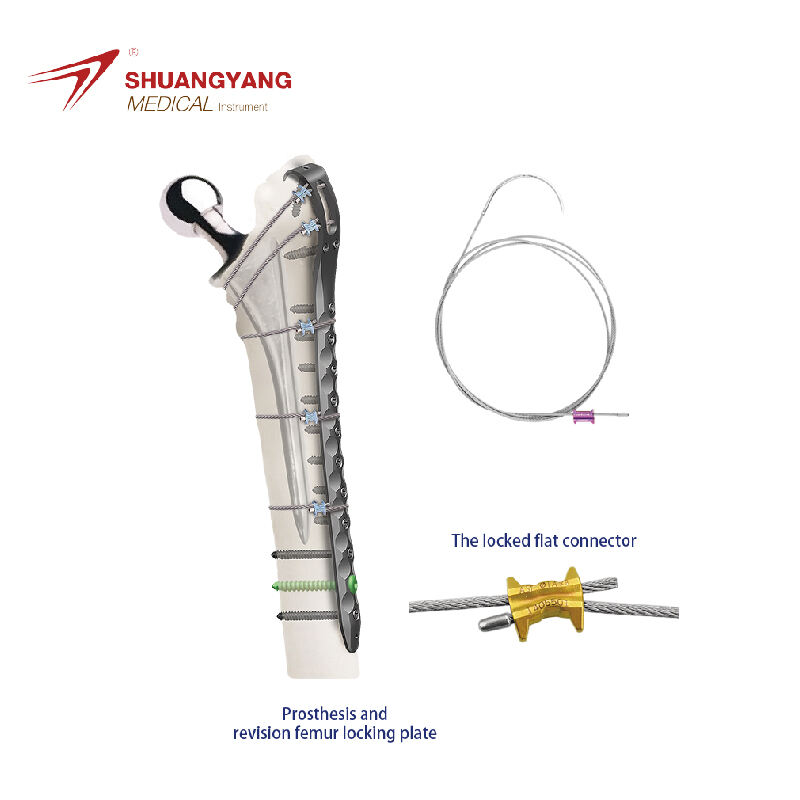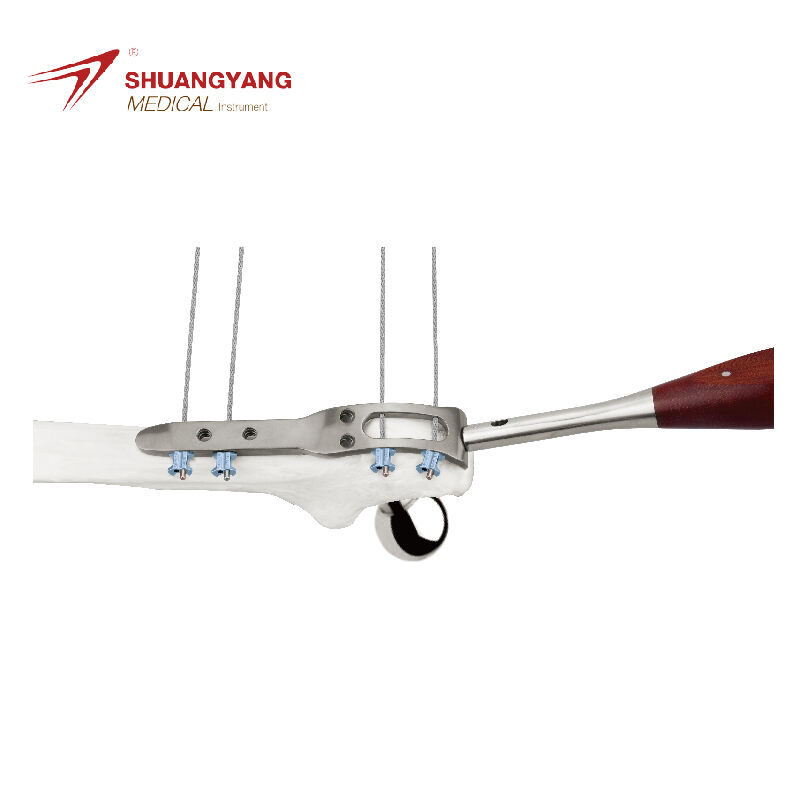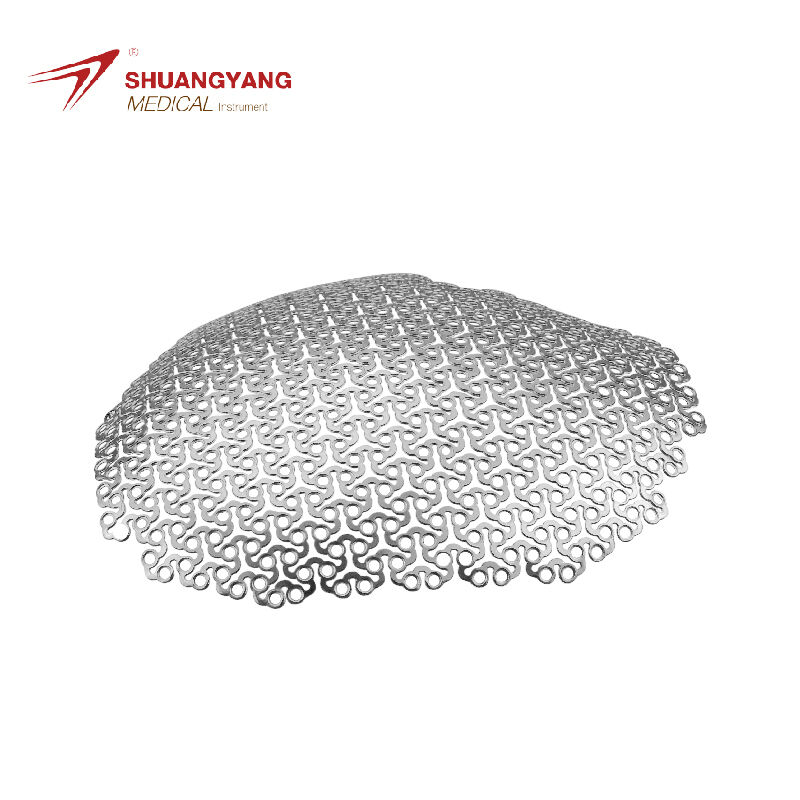proximal tibia locking plate
The proximal tibia locking plate is a sophisticated orthopedic implant designed to stabilize and support fractures in the upper part of the tibia, also known as the shinbone. Its main functions include maintaining the reduction of bone fragments, facilitating the healing process, and restoring limb alignment. Technological features of this plate involve a low-profile design that minimizes soft tissue irritation, and the unique locking screw mechanism, which provides angular stability and prevents screw loosening. This advanced construct is particularly useful in the treatment of complex fractures, osteotomies, and revision surgeries around the knee joint, offering a reliable solution for both high-energy trauma and fragility fractures.
 EN
EN
 FR
FR
 ES
ES
 AR
AR



